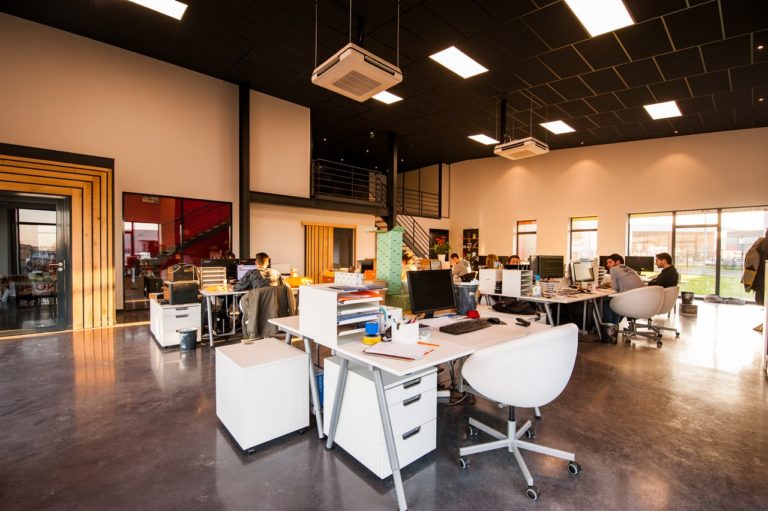Many businesses will emphasize health and safety. This isn’t a surprise when the workforce is the beating heart of any business, and they will need to be in a healthy physical state to be productive throughout the day. Whether it’s the office, an industrial complex, or a construction site, staying healthy is paramount towards a more productive work environment.
No matter the nature of the job, everybody will need to be mindful and alert of their surroundings to reduce the likelihood of injuries or health complications. When an employee or a worker gets injured, this can lead to a significant decrease in productivity in the workplace. Workers might also demand compensation, especially when the hazard could have been addressed and prevented in the first place.
That said, it’s only logical that we discuss important strategies that can reduce injuries in the workplace. Here’s what you’ll need to know.
Understanding Risks in the Workplace
But before we discuss important ways of cultivating a culture of safety for your business, we will need to address particular hazards found in a myriad of work environments so that we can take the necessary steps to mitigate these types of injuries. The last thing that employers want is to get into legal disputes from injury liability cases from employees, especially from preventable hazards.
Most experts would suggest outlining a comprehensive plan of strategies in ensuring workplace safety. Contrary to what most people believe, you shouldn’t just copy what other workplaces are doing since the hazards that might be present in one place don’t necessarily mean that they will be prevalent in another place. For instance, an office placed in an area with lower elevation might be more prone to flooding than a building situated in a higher elevation. That said, the establishment in the higher elevation won’t need to spend on flood-proofing.
Still, one can’t be too sure when it comes to the safety of employees and customers. That said, safety and health should always be the top priority before anything else. Here’s what you’ll need to know.
Using Personal Protective Equipment When Necessary
First and foremost, safety for each type of work environment will ultimately depend on the nature of the industry and the most prevalent hazards. This is especially true for most workers working in construction sites known for having several hazards that can, directly and indirectly, injure different parts of the body.
These type of hazards can come in the form of:
- Sawdust and particles from construction materials that are being worked on
- Noise pollution from loud noises, buzz saws, hammers, and jack hammers that can go beyond the healthy hearing threshold and lead to permanent hearing loss
- Falling debris and hazards that can lead to concussions and trauma
Businesses will need to invest in high-quality and durable personal protective equipment based on these hazards. Most experts suggest getting earmuffs, safety goggles, N95 face masks that can filter out particles, and hard hats that can reduce impacts from falling debris. Fortunately, construction PPE suppliers are known for supplying cost-effective and durable personal protective equipment to protect workers from hazards that might pose a threat.

Reducing Stress in the Workplace
Although stress might be a “natural” part of our body’s response to work and a hectic environment, workplace stress can often lead to a lack of focus and mental alertness, which can lead to injuries. When workers are working close to moving heavy-duty machinery, they will need to be in good condition.
Another important type of hazard that most people are not quite aware of is ergonomic hazards. This is quite prevalent in office environments, especially among individuals doing the same tasks every day. When workers will continually do the same task throughout the day, this can lead to health complications, leading to stress. Some factors that can lead to ergonomic hazards include:
- Repetitive movements
- Awkward postures from seats
- Stationary positions
- Vibrations
- Extremely high or low internal temperatures
- Stress from work
- The build-up of pressure in the spine
One of the best ways of mitigating the effects of ergonomic hazards is by encouraging a more active lifestyle among employees. Managers can rotate tasks for different individuals in the team while also investing in equipment that can help support good posture.
There are a variety of ways that a business can emphasize safety. Whether in the office, a construction site, or an industrial facility, hazards and potential health risks can come in many forms. That said, businesses will need to emphasize cultivating a culture of safety, especially when the workforce is the beating heart of any enterprise and operation.

